Every year we work our butts off to plant a huge garden and then burn out right around harvest time. Doh! One of the things that stymies us is where to put all those fruits and veggies we can’t eat right away—also known as preserving the harvest.
Little by little we have been experimenting with different methods to keep more of what we eat and make it last longer. Here’s what we’ve learned:
1. Canning & Pickling
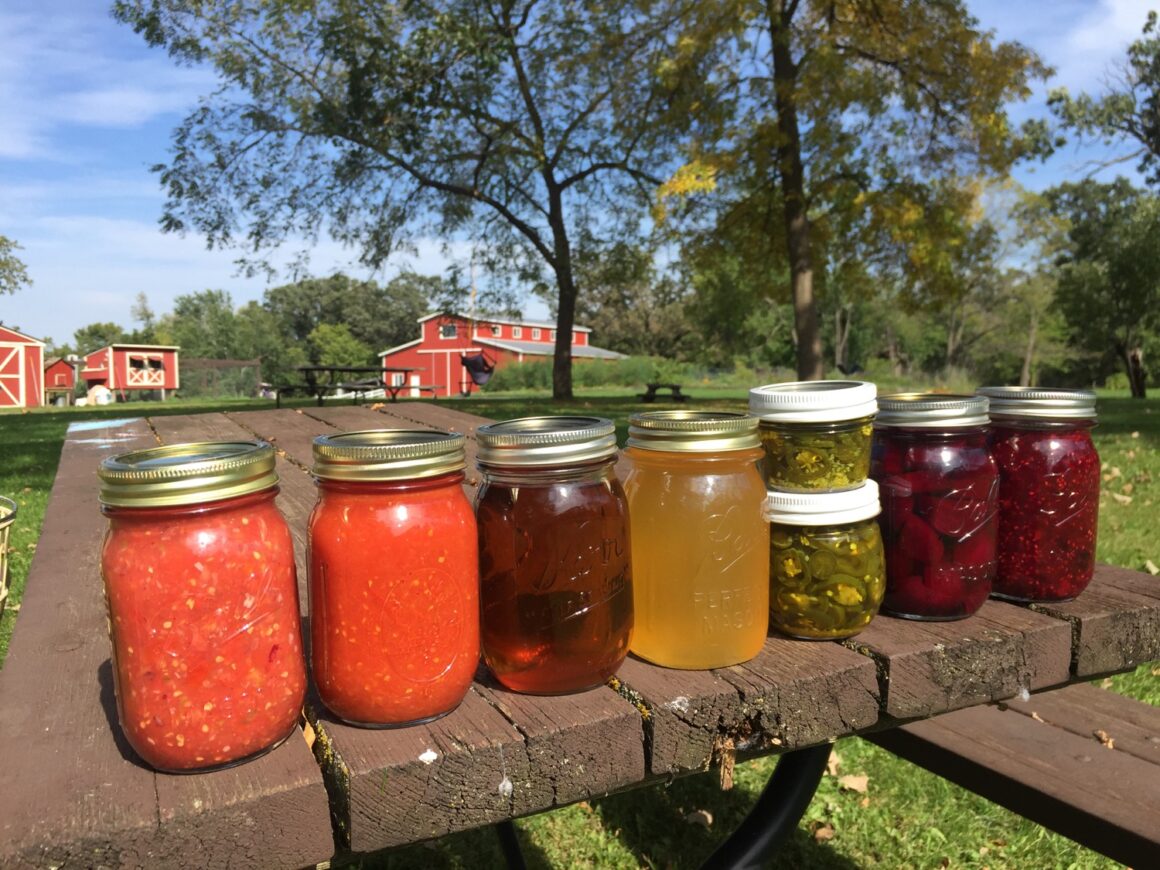
I won’t say it is foolproof, but canning is certainly the most reliable form of preserving fruit, veggies, even meat. But it is also one of the most labor-intensive. We can the following foods every year, and it always lasts a very long time, with no refrigeration:
- Maple Syrup
- Tomato sauce
- Jams & Jellies
- Pickled Beets
- Pickled Jalapeños
- …Pickles!
- Candied Jalapeños (yum!)
I won’t go into it here, there are many places you can look up the steps for canning. The process basically involves boiling off most of the water and filling mason jars with the concoction, then screwing on the lid and submerging in a “water bath” for 10-20 minutes. The water bath kills off any bacteria or pathogens (it also cooks the ingredients to death).
The downside of this approach is the time investment. It takes forever to heat up a huge pot of water. And if you have any serious amount of food, such as 60 quarts of tomato sauce, you can only boil 7 at a time. That means you’ll be in a steaming kitchen ALL day.
On the flip side, you can skip the water-bathing step and put the jars in the refrigerator or freezer (after cooling, of course). This is especially good for “refrigerator pickles” and “freezer jams” which will last 6-12 months. By contrast, shelf-stable canned goods last 1-2 years with no electricity.
2. Braiding Onions
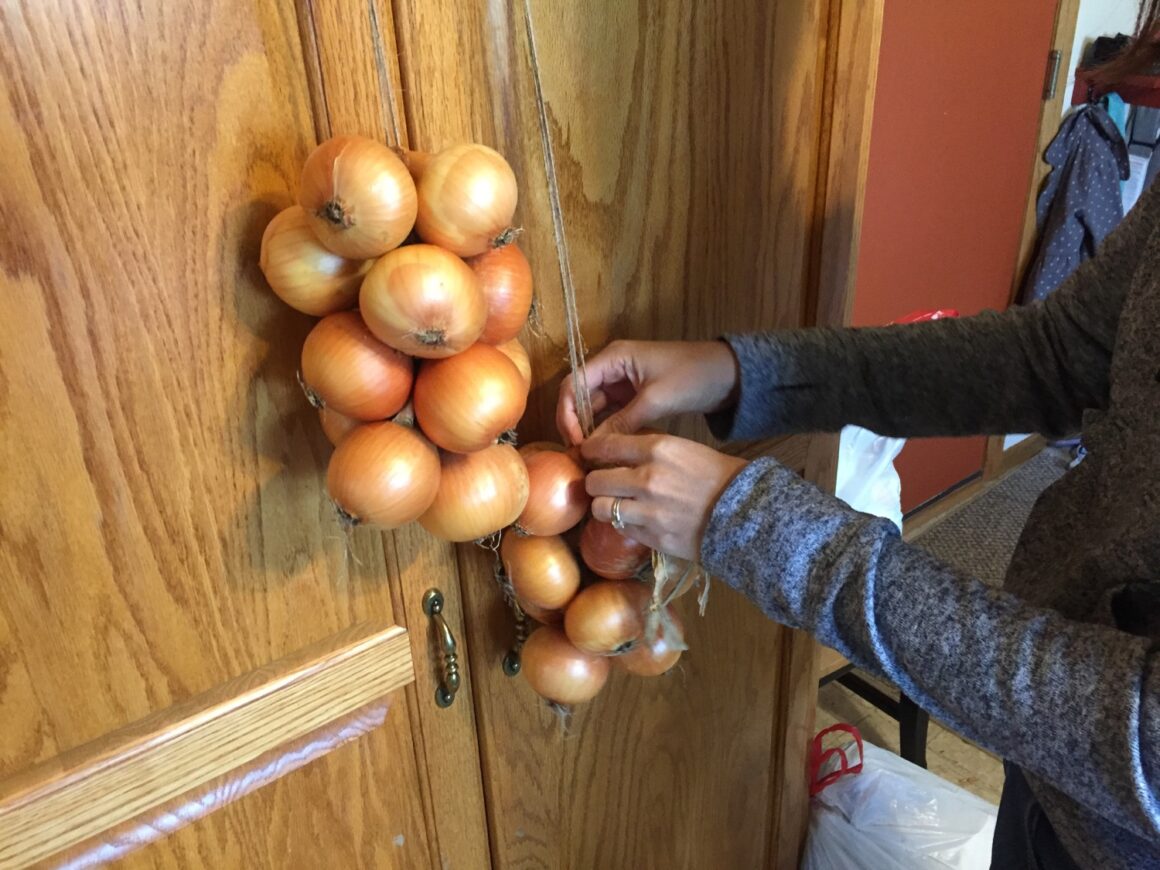
Next to canning, air-drying and braiding onions (or garlic) is one of our most successful ways to preserve the harvest. It’s really quite simple and only takes a few hours to store a year’s worth of harvest. Onions and garlic are naturally antibacterial and stay fresh an extremely long time on their own.
After harvesting your onions, let them dry for about 1-2 weeks. I spread them out on a large table in our barn. Onions dry faster in the sun, but the overnight dew and potential rain can ruin the drying process. Drying is complete when the green stems are completely brown and dry. Next, cut the stems to about 6 inches and braid on a length twine. Hang in a cool, dark room, like your basement.
3. Root Cellar
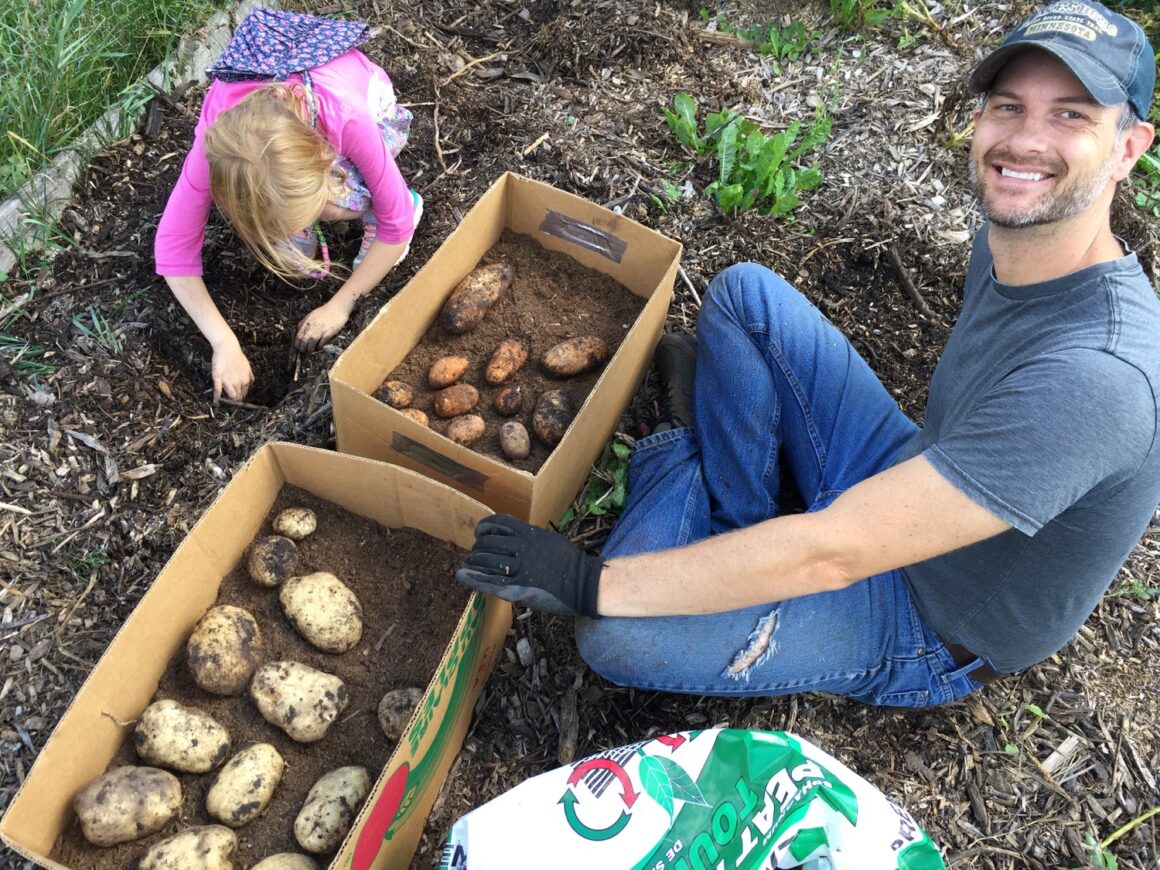
We don’t have a root cellar. But no serious harvest can be preserved without one. This is where our ancestors truly outshine their modern progeny. We use refrigerators now that rely on a constant supply of electricity and can only keep things fresh for a few weeks. Ma and Pa Ingalls dug a hole in the ground and the earth kept their food fresh for MONTHS!
The science behind this is simple. Food you buy in the grocery store and put in your refrigerator is dead. It’s already been dead for weeks. The cold temps merely keep it from decomposing. Food stored in a root cellar is still alive. When you dig up a carrot that has been properly stored, it has new roots, meaning not only is it preserved—it is still growing! Food eaten from a root cellar is fresher and healthier because its alive until the moment you prepare it.
That said, there is an expiration on food stored root cellars. God built timeclocks into his creation, and after a certain amount of time the potatoes, carrots and onions will start sprouting, even if there is no light and water. When a crop begins to sprout, it uses its own reserves to feed the plant. At this point, it begins to decompose quickly.
I had mentioned that we don’t have a root cellar, but we have tinkered with various makeshift substitutes. This worked well for us last year: A cardboard box layered with peat moss and root vegetables. We could fit a whole harvest of carrots in one box, laying them side-by-side, just far enough apart not to touch. The potatoes took more boxes, but we could still fit quite a lot in a very small space. We stored the boxes in our basement and covered them. About once a week, I would spray the top of the peat moss with water, to keep the contents moist.
This worked better than any other root-storage system we have tried, particularly at preventing the potatoes from sprouting too early. We had fresh potatoes and carrots through the end of February.
4. Waterglassing (eggs)
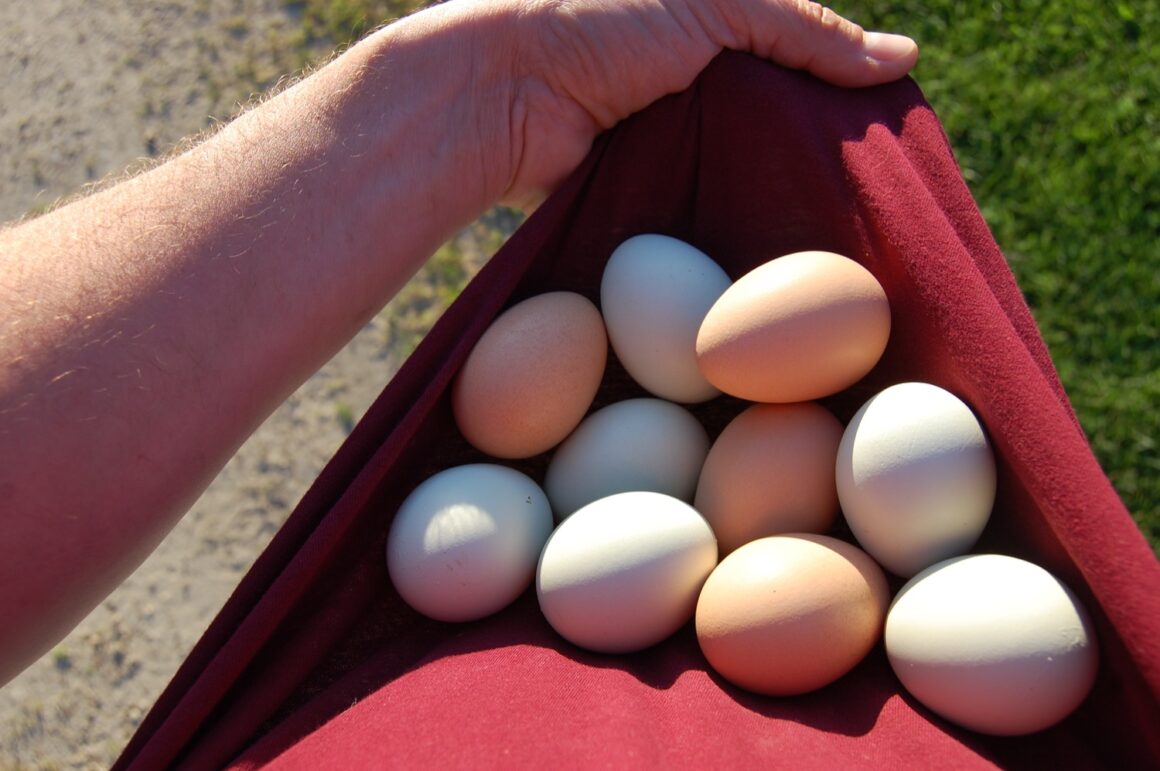
The last preservation technique we tried this winter was waterglassing eggs. Chickens can be sporadic in their egg-laying, particularly in winter, because they lay according to the length of day. Yes, you can set a lightbulb on a timer and “trick” them into thinking its summer year-round, but even then you still don’t get consistent laying.
So this fall we started setting aside a few eggs with each day’s collection, and put them into a bucket with a lime solution. We heard about this technique from a youtube video. Its a simple mixture of water and calcium hydroxide (lime), a mineral powder you can buy at any hardware store. The ratio is one oz of lime (about 1 tablespoon) to 1 quart of water. When eggs are submerged in this solution, no bacteria can enter the egg and no moisture can escape. Waterglassing is completely safe; sodium silicate is a naturally occurring mineral.
Mix the solution up in a bucket and place clean eggs into it—clean, not washed! There should be enough solution to cover the eggs by about 2 to 3 inches. According to the youtube video, the eggs lasted 8 months. But we found this not to be the case. After about 3 months the egg yolks started to fall apart when cooking them, and we could start to notice an aftertaste. Still edible, but not great tasting. So I would recommend this option only for a 3-month supply.
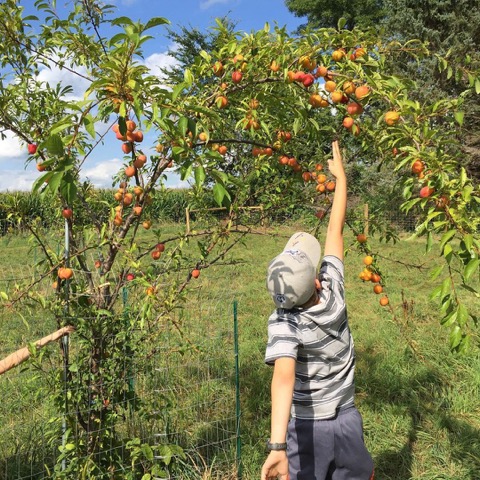



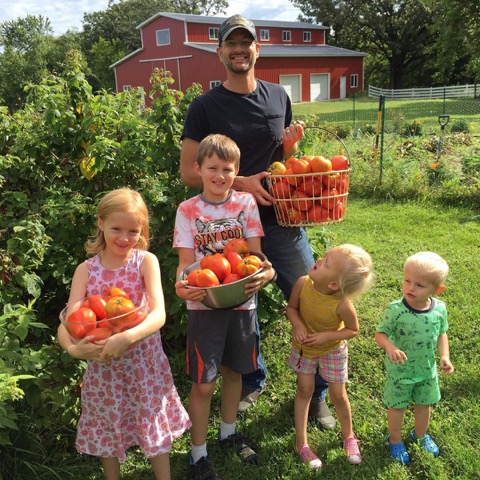
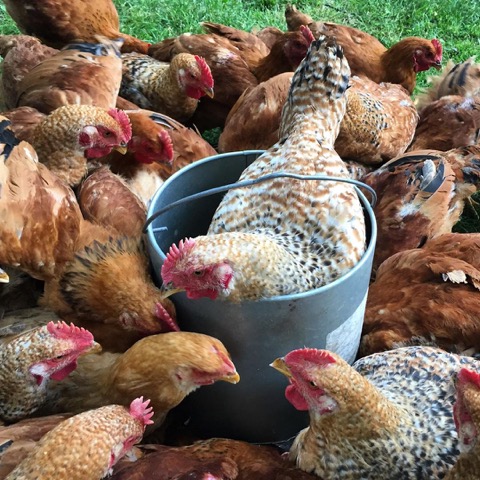
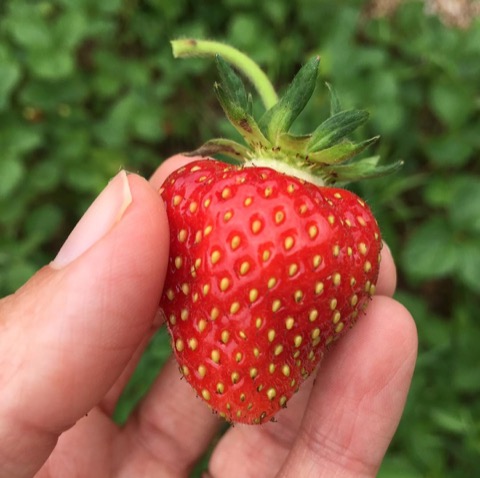



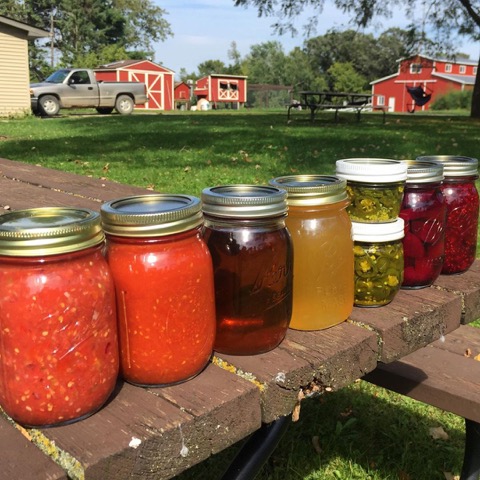
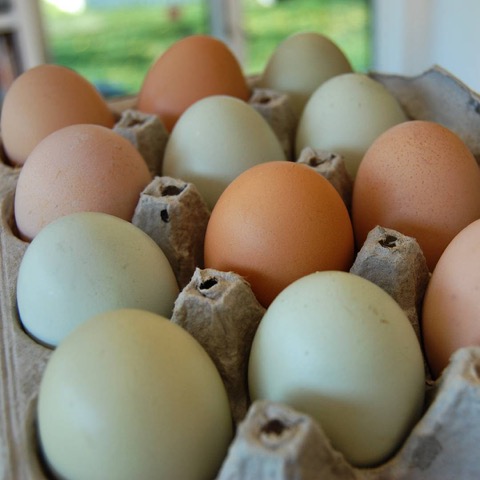

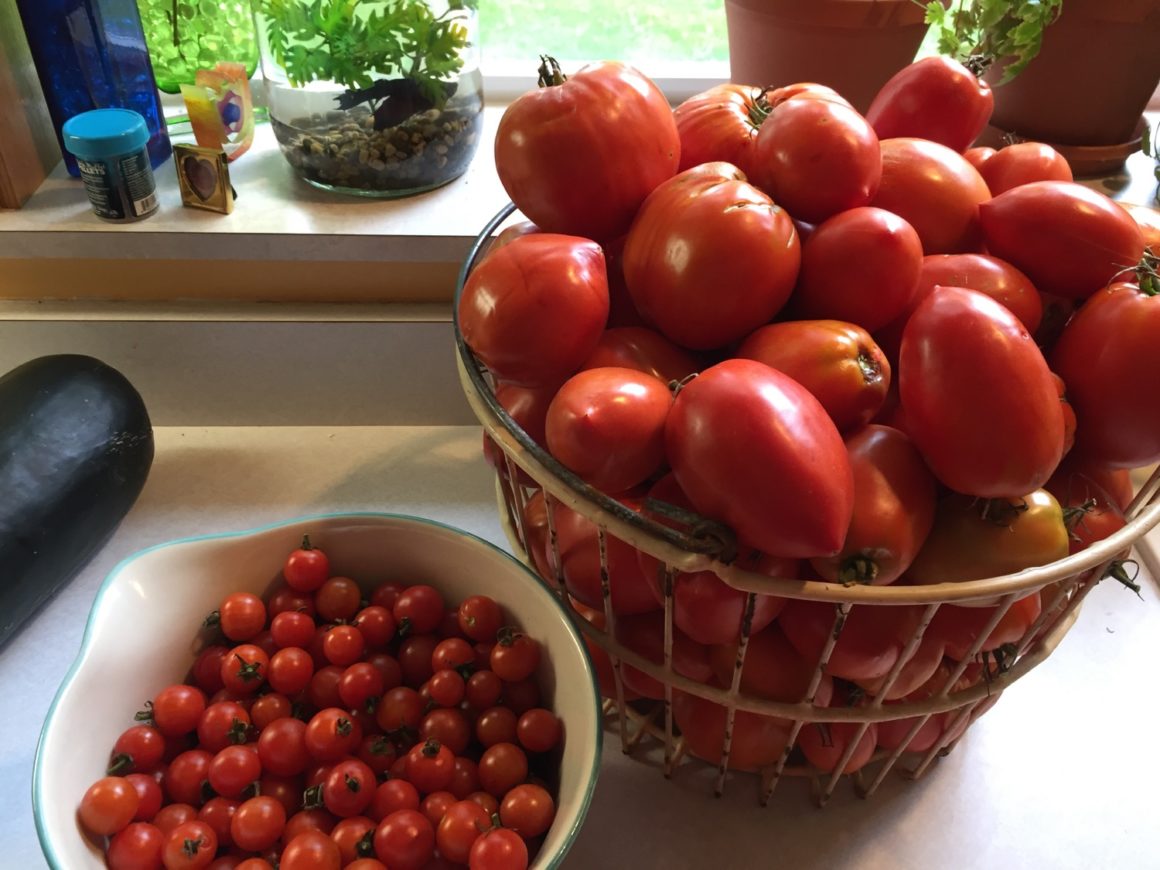


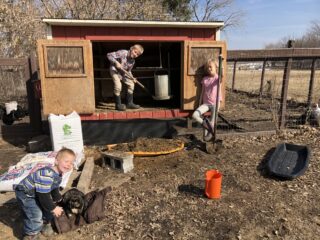
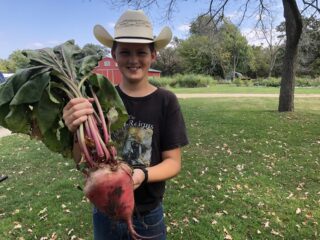

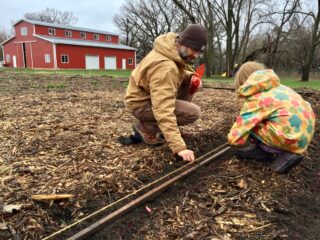


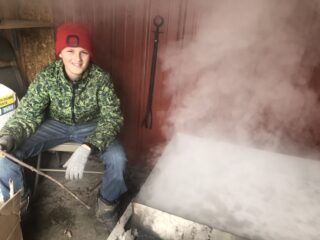
3 comments
I can’t be drying fruit nor vegetables any longer because of pantry moths; then they are useless. Have you ever used a freeze-dryer, or one of those sealing machines?
We have not used a freeze-dryer or sealing machine, but every year we freeze gallons of blueberries and raspberries. Just spread out on a tray and put in your freezer, then bag and store. They won’t taste as good as fresh eating, but great for cooking.